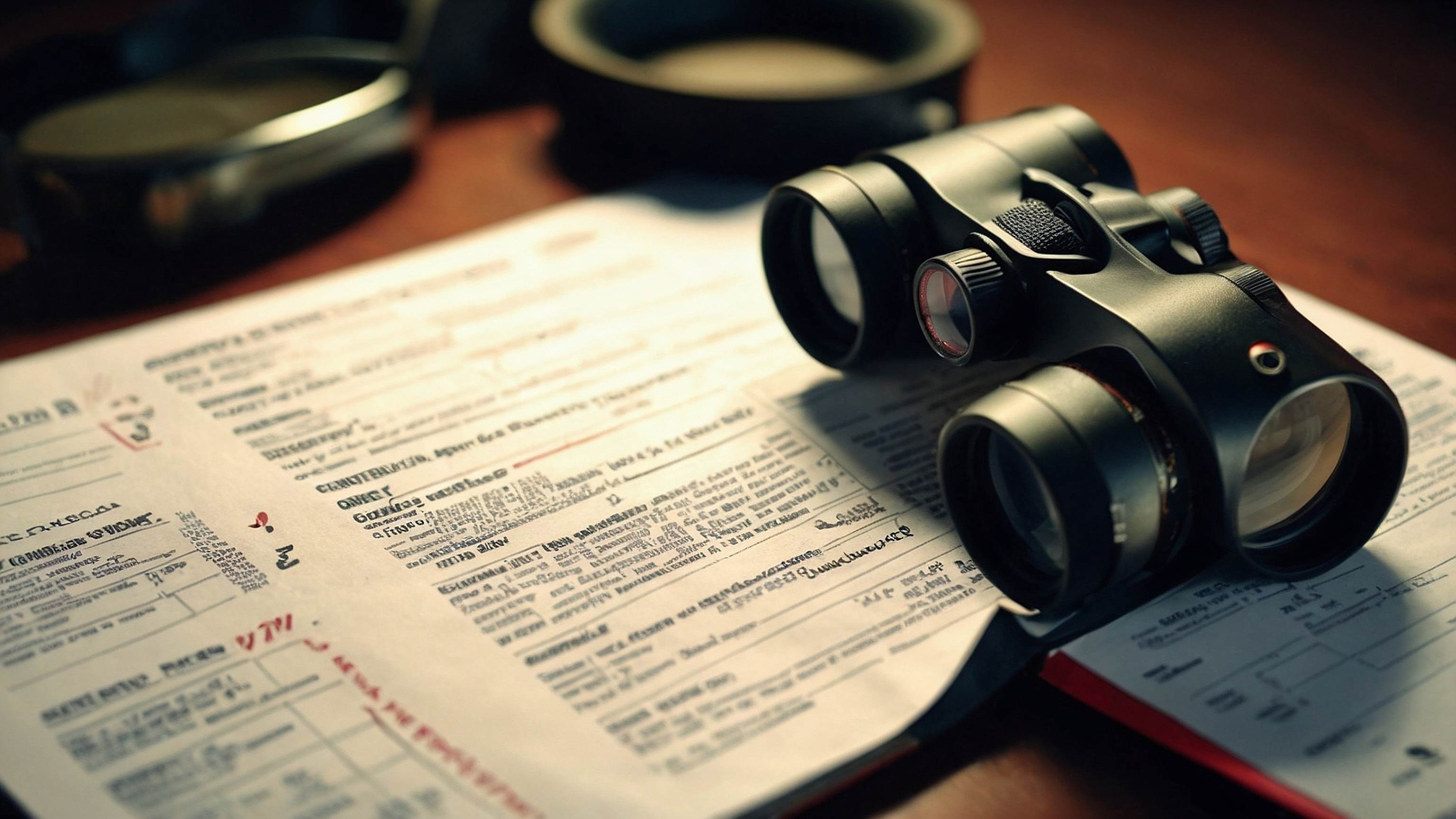10 Tips To Elevate Your Legal Drafting
Only ten tips
10 Tips to Elevate Your Legal Drafting
In the legal profession, clear and concise communication is paramount.
Nowhere is this more evident than in legal drafting, the art of translating complex legal concepts into clear, persuasive documents.
Well-drafted contracts, motions, and briefs can be the difference between winning and losing a case, securing a favourable settlement, or ensuring a smooth business transaction.
Conversely, poorly drafted documents can lead to confusion, misinterpretations, and costly delays.
This article equips lawyers with ten practical tips to elevate their legal drafting skills. By following these guidelines, you can ensure your arguments are clear, concise, and persuasive, ultimately achieving the desired outcome for your client.
The Pitfalls of Poor Drafting
Before delving into the techniques, consider the consequences of inadequate legal drafting. Ambiguous language can lead to disputes over the meaning and intent of a document. Vague arguments can leave judges unconvinced, while convoluted sentence structures can hinder the reader's understanding. In the worst-case scenario, poorly drafted documents can render an otherwise strong case ineffective.
Building a Strong Foundation
Effective legal drafting starts with a solid foundation.
1. Know Your Audience
When drafting a legal document, consider who will be reading it. Judges, counsel, and clients all have different needs and perspectives. Your drafting should be adapted changed depending on who the document is intended for.
- Judges: Draft for the busy judge who needs to quickly grasp the key arguments and legal principles at play.
- Opposing Parties: Ensure your arguments are clear and well-supported to anticipate and counter potential challenges.
- Clients: While maintaining legal accuracy, strive for clarity such that the client grasps the essence of the document.
2. Identify Your Objective
Clearly define the desired outcome of your document. Are you seeking a specific ruling from the court, negotiating a favourable settlement, or outlining the terms of a contract? A clear objective guides your writing and ensures all arguments align with that goal.
3. Understand the Area of Law
Legal arguments are anchored in relevant statutes, case law, and legal principles. Conduct thorough legal research to identify the applicable law and ensure your arguments are supported by established legal precedents.
Crafting Clarity and Concision
Clear and concise language forms the bedrock of persuasive legal writing. When it comes to the physical process of writing, the following should be implemented.
4. Active Voice is Your Ally
Active voice emphasizes the subject performing the action, leading to more direct and impactful sentences. For example, instead of "The contract was breached by the defendant," write "The defendant breached the contract."
5. Eliminate Unnecessary Words and Phrases
Jargon, legalese, and overly complex sentence structures can obscure the meaning. Strive for simplicity and prioritize clear communication. For instance, replace "it is the opinion of this attorney" with "I believe."
6. Embrace Parallel Structure
Parallel structure creates rhythm and reinforces the relationship between ideas.
Consider this: "The plaintiff seeks compensation for lost wages. The plaintiff also seeks compensation for emotional distress." While this sentence gets the point across, it lacks the punch and clarity that parallel structure can provide.
This sentence is better: "The plaintiff seeks compensation for lost wages and emotional distress." This phrasing emphasizes the two types of damages sought.
7. Prioritize Plain Language Over Legalese
While legal terminology has its place, avoid using obscure legal jargon whenever possible. Opt for clear and concise language that a well-educated layperson can understand.
**Consider:** When using legalese, consider whether this shortens, or lengthens the sentence conveying your idea.
8. Punctuation Matters: A Guide to Commas and Colons
Strategic use of commas and colons can enhance clarity, guaranteeing the intended meaning of your sentence shines through. A well-placed comma, for instance, can completely transform a sentence, demonstrating the power of punctuation to alter the entire message.
9. Proofread Like a Pro
Proofread meticulously to eliminate typos, grammatical errors, and inconsistencies. Create the habit of proofreading every word right after drafting the document.
Consider having a colleague review your work for an extra set of eyes.
10. Seek Constructive Criticism
Share your drafts with colleagues or mentors for feedback. Consider incorporating their suggestions to refine your arguments and strengthen the overall clarity and persuasiveness of your document.
While you retain ultimate discretion, seeking feedback from colleagues or mentors can provide valuable insights to refine your arguments and strengthen the document's overall impact.
Concluding Remarks
Remember, effective legal writing is a powerful tool that fosters trust and expedites legal proceedings. So, the next time you sit down to draft a legal document, channel your inner wordsmith and craft a masterpiece that is both clear and compelling. After all, in the language of the law, the pen truly can be mightier than the sword.
Members are Carefully Curated
By meticulously choosing various attorneys with expertise across different practice areas, we cultivate a powerhouse of legal talent that is fully equipped to address a wide spectrum of legal matters with utmost competence and dedication.
© 2024 SIMPLIFLY. All rights reserved.


.jpg)